How to tackle lack of data: an overview on transfer learning
Data Science Blog
FEBRUARY 23, 2023
1, Data is the new oil, but labeled data might be closer to it Even though we have been in the 3rd AI boom and machine learning is showing concrete effectiveness at a commercial level, after the first two AI booms we are facing a problem: lack of labeled data or data themselves.

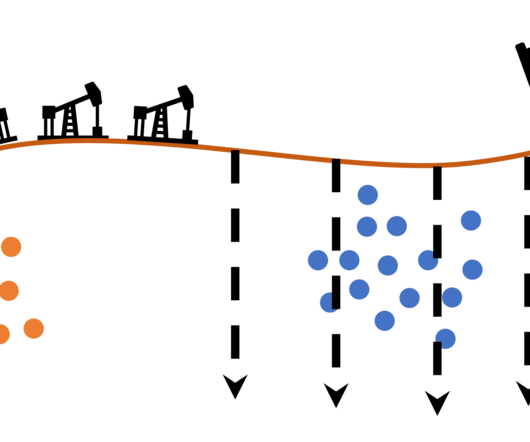


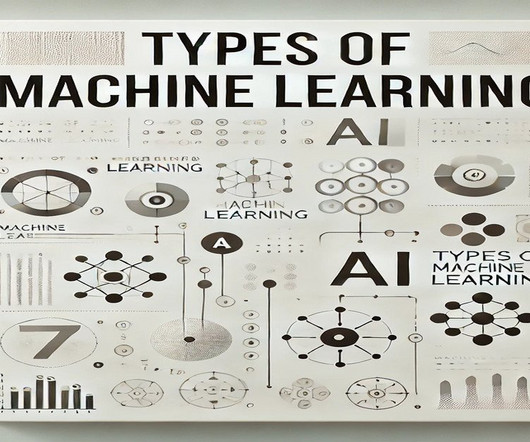


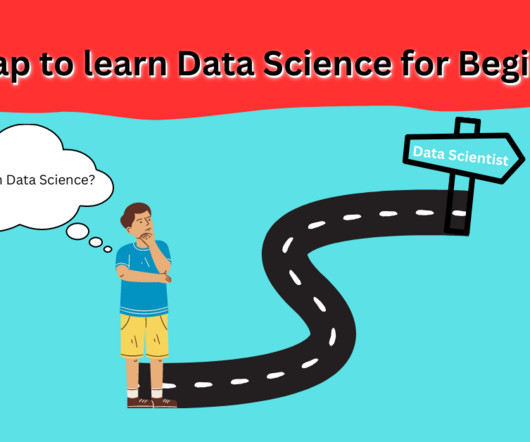
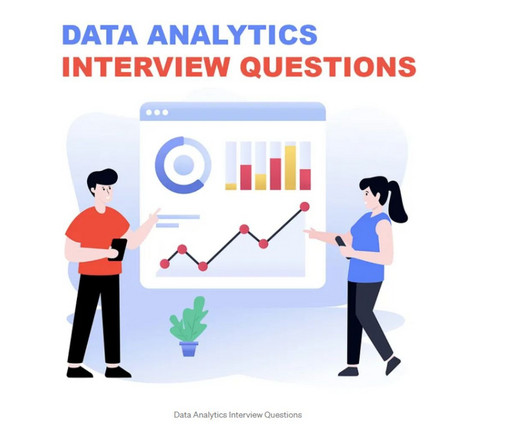
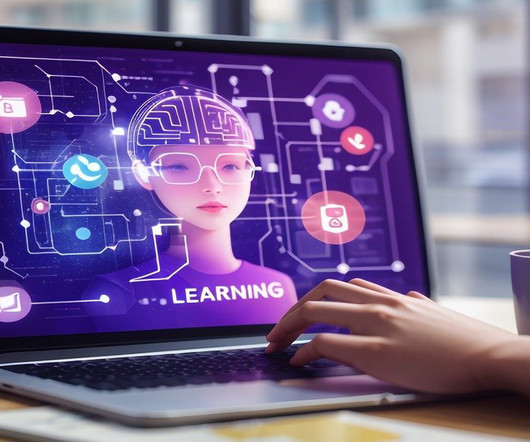
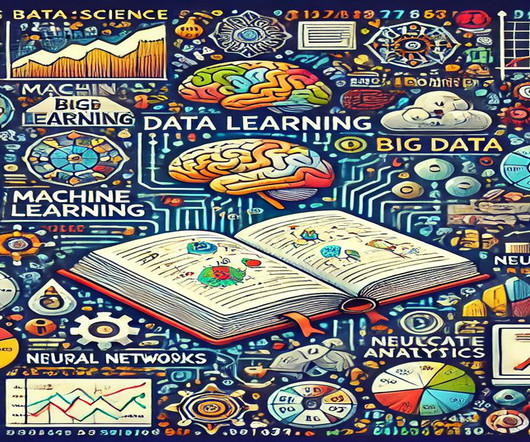
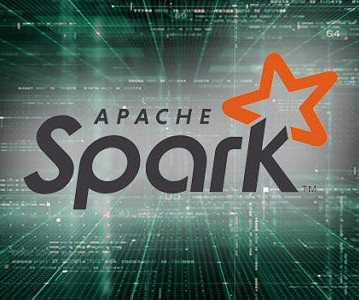






Let's personalize your content